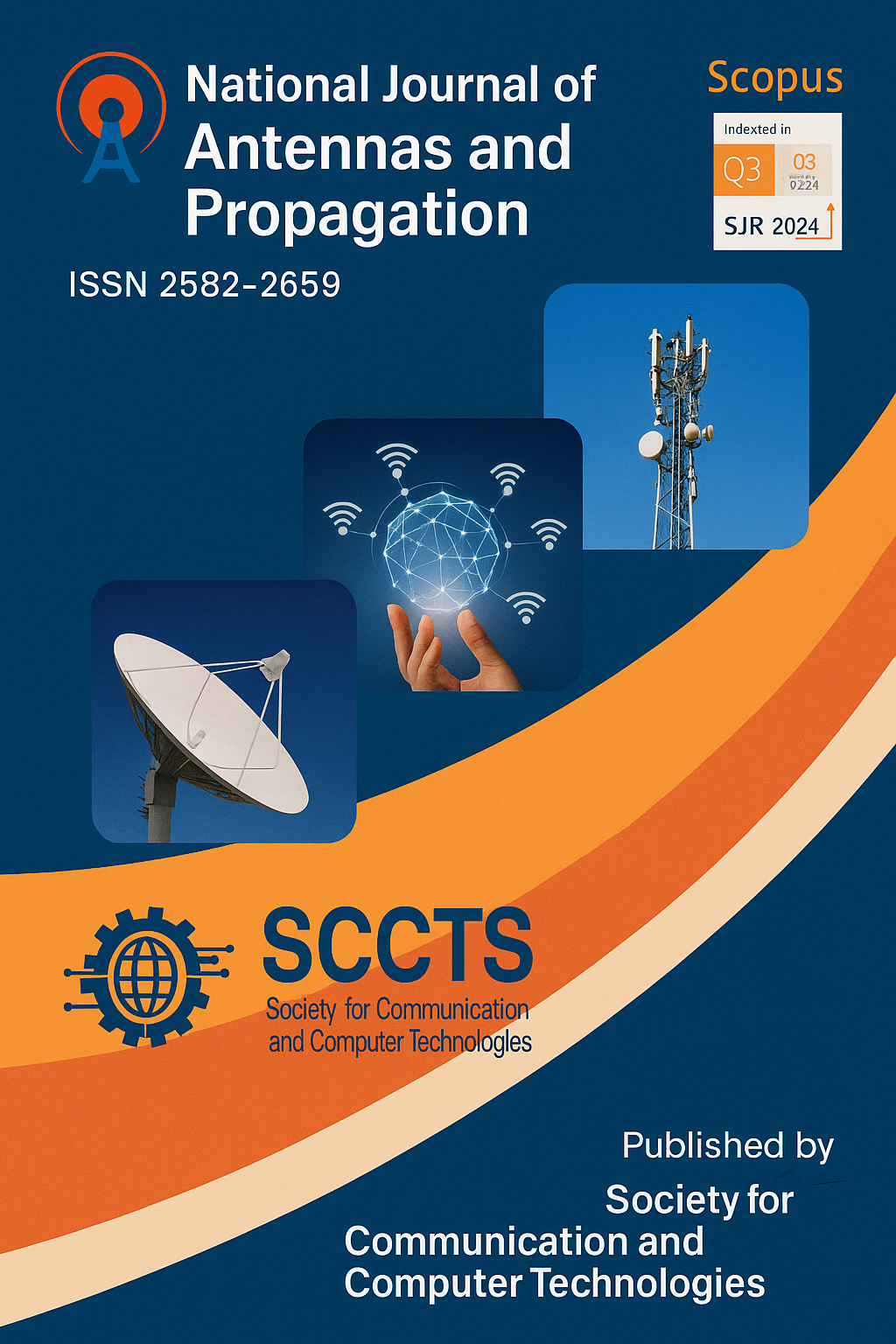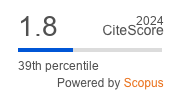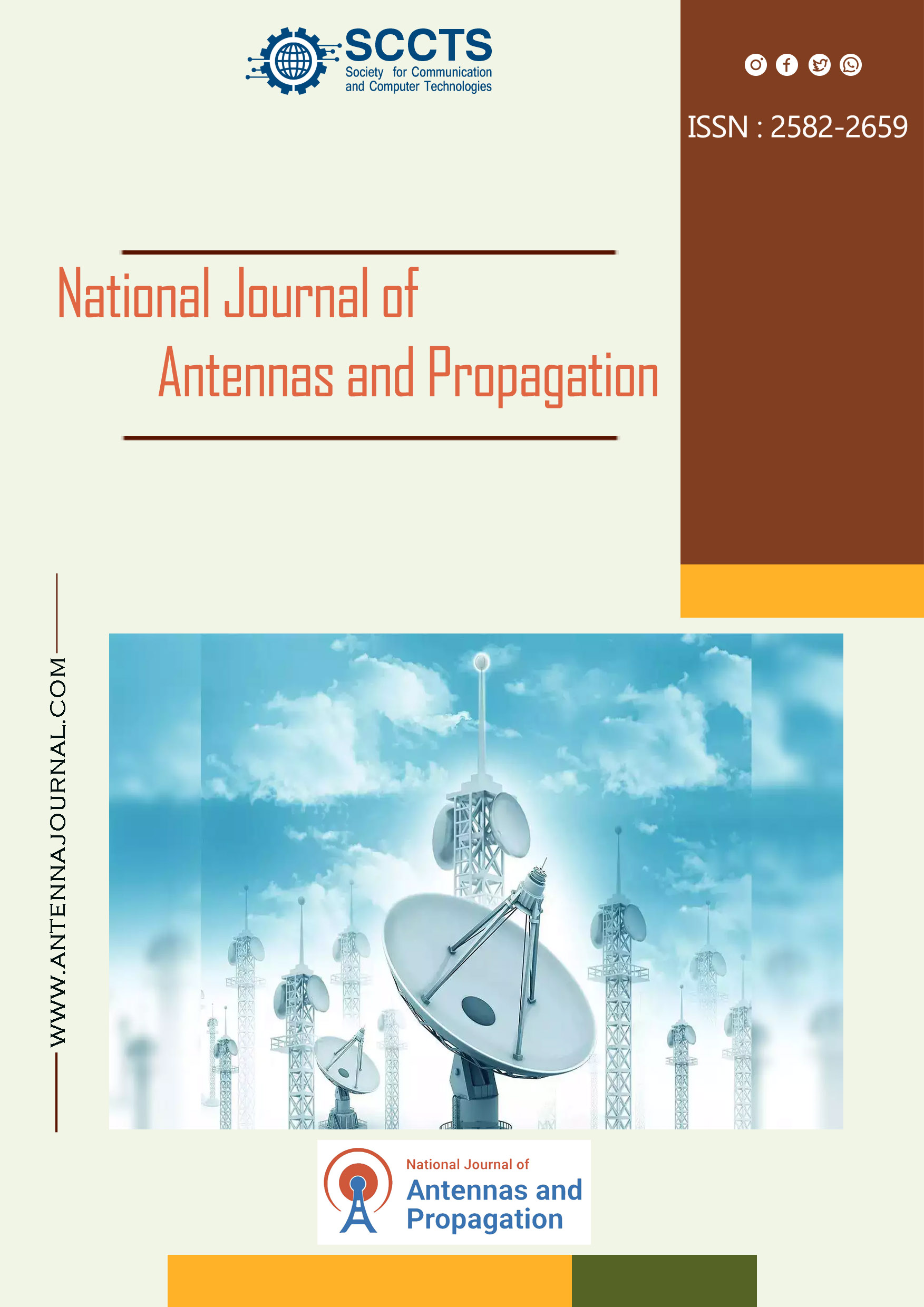Design and Implementation of A Spectrum Sensing Algorithm for Cognitive Radio Networks Using Machine Learning Techniques
DOI:
https://doi.org/10.31838/NJAP/06.03.03Keywords:
Cognitive Radio, spectrum sensing, Neural network, MLP.Abstract
In cognitive radio networks, spectrum sensing in low SNR (signal-noise ratio) environments is regarded as a significant difficulty. Using well-known supervised learning approaches, the primary user detection is investigated in a noncooperating spectrum sensing framework. Additionally, the performance of the classifiers is assessed and the sensing data is analyzed. Learning is further complicated by the issue of data values missing from sensing data that should be present. In this study, we developed a supervised learning classification system based on the naïve bayes approach to forecast the missing values. This paper significantly advances the creation of frameworks based on machine learning that tackle the inherent issues in spectrum sensing. Three facets of spectrum sensing in cognitive radio are used in this research to recognize users in a channel or band. This thesis discusses spectrum sensing in Cognitive Radio Wireless Networks using MLP frameworks based on FFNN. Specifically, machine learning-based supervised and unsupervised spectrum sensing frameworks are defined to increase their efficiency. As a result, less sensing energy is used to estimate free channels, and spectrum usage can be enhanced. Thus, a spectrum predictor based on machine learning is created. Simulation studies have been conducted throughout this study to evaluate the approaches' overall performance and compare their outcomes with those of similar frameworks.











